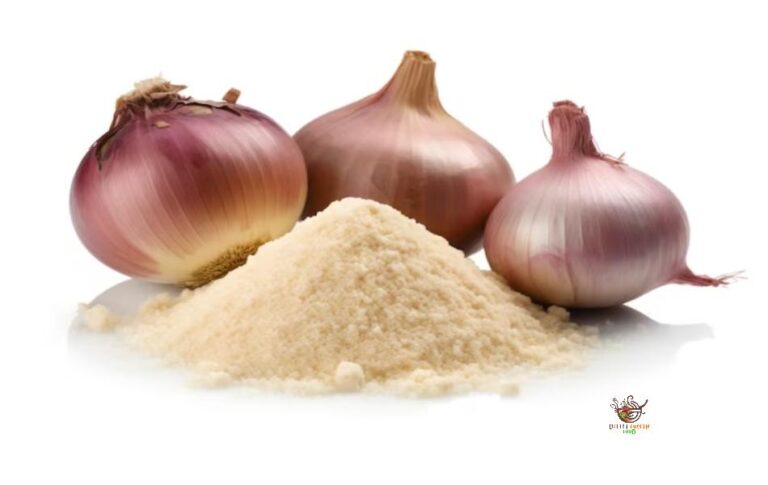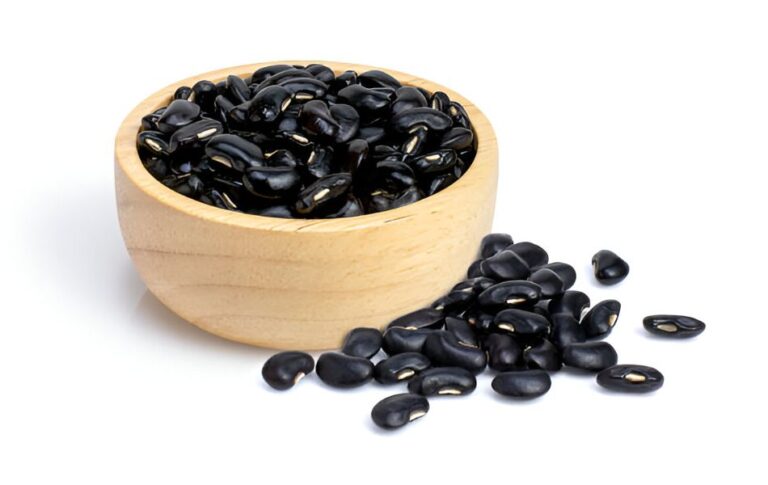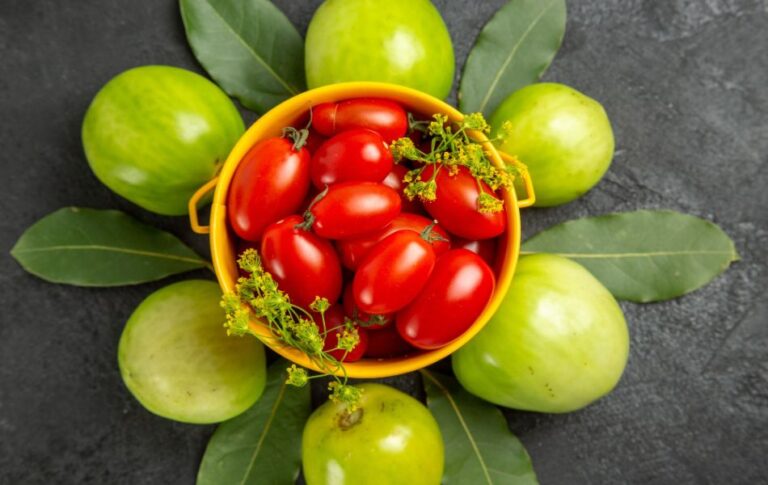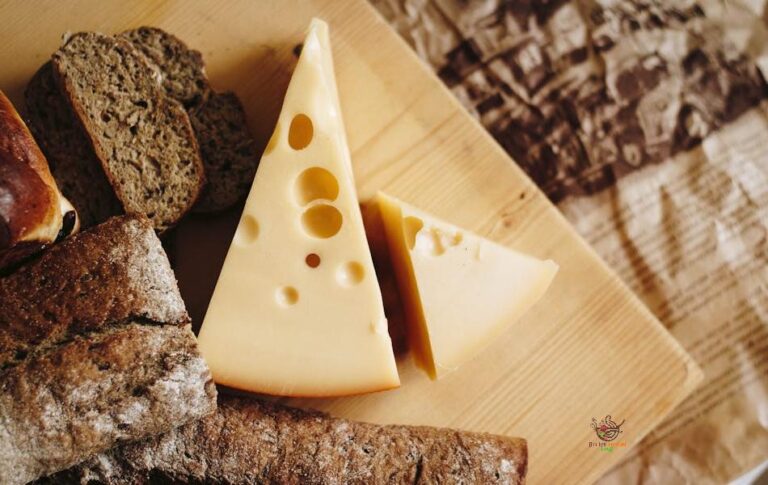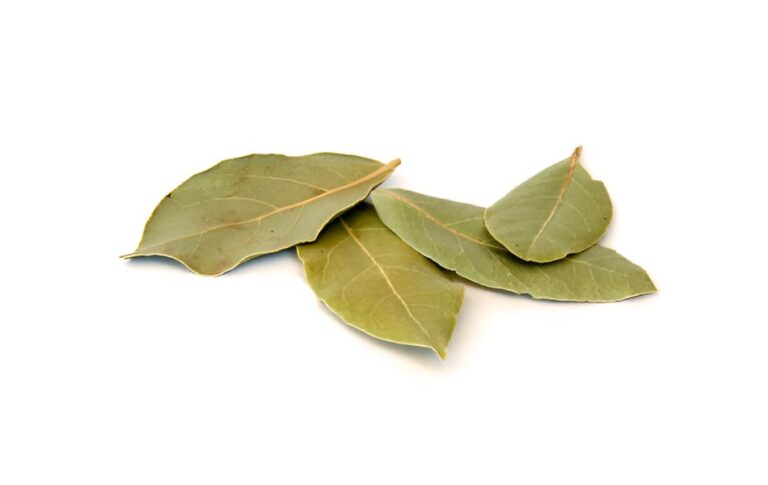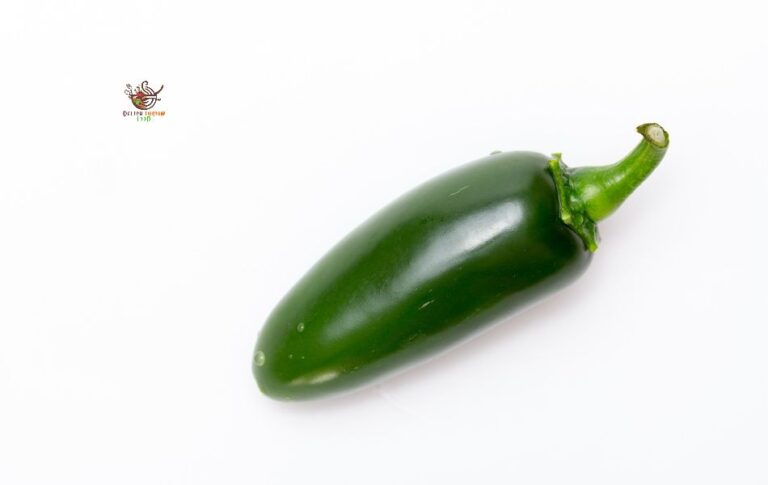Substitute for Blue Cheese: 11 Delicious Options to Try
Blue cheese: some people love it; some people hate it. It has a strong smell and blue lines that might scare you if you’ve never tried it. But for those who like it, blue cheese is yummy in any cheese board or recipe. It’s sharp, creamy, tart, and sweet all at once. You can crumble, grate, melt, or eat it as is!
In cooking, blue cheese works wonders. It goes great with fruits like pears and apples. Sprinkle it on salads for a flavor boost. You can even melt it down for a sauce on burgers or a dip for veggies or chicken wings. Not a fan of the strong taste? Swap it out for milder options like sour cream or mayo.
Blue cheese is also a star in pasta dishes like gnocchi or ravioli. Melt it into sauces, stir it into mashed potatoes, or top off a steak with it. It adds a rich, sharp flavor that’s hard to beat!
What is Blue Cheese?
Blue cheese originates from pasteurized cow, goat, or sheep’s milk. It’s treated with a special mold called penicillium roqueforti. It usually has a salty, sharp taste and a strong smell, but this can vary. Blue cheese can be creamy or crumbly. You can use it in cheese boards, salads, pasta, dips, and sauces, or pair it with fruits and nuts.
Health Benefits of Blue Cheese
Blue cheese offers more than just its unique taste. It’s a nutritional powerhouse, particularly rich in calcium, which supports bone and teeth health. A 100-gram serving of blue cheese contains approximately:
- Calories: 353
- Protein: 21.4 grams
- Fat: 28.7 grams
- Carbs: 2.34 grams
- Sodium: 1150 mg
- Calcium: 528 mg
- Phosphorus: 387 mg
- Potassium: 256 mg
However, pregnant women should avoid blue cheese due to the risk of listeria contamination. While most blue cheeses are made from pasteurized milk, which reduces the risk, listeria remains a concern as it can harm the health of the baby and, in severe cases, lead to miscarriage.
Top Substitute for Blue Cheese
1. Gorgonzola Cheese
Gorgonzola, a renowned Italian blue cheese, holds a prominent position as one of the world’s top-selling varieties. Originating from a town in Milan, this cheese gained PDO (Protected Designation of Origin) status from the European Commission in 1996, signifying its exclusive production in Piedmont and Lombardy, Italy.
Gorgonzola cheese is made using whole cow’s milk and follows traditional methods passed down for centuries to maintain its unique flavor. One of the cheese’s distinguishing features is its unique manufacturing process, resulting in dual textures similar to two distinct pastes within the same wheel. This characteristic yields a delightful interplay of soft and hard consistencies, offering two variations. Gorgonzola Dolce, with its creamy, mellow profile, and Gorgonzola Piccante, boasting a sharper, crumbly texture.
In addition to serving as an excellent substitute for blue cheese, Gorgonzola offers various health advantages. It’s packed with calcium for strong bones and teeth, along with protein, vitamin B12, and other essential nutrients beneficial for overall health.
2. Roquefort
Roquefort, a famous French blue cheese, derives its distinctive flavor from the use of sheep’s milk in its production. It has a strong, salty flavor similar to traditional blue cheese and can be used in the same way.
Roquefort is a top pick for those seeking a bolder flavor. Known as the “King of blue cheese” for its intense sharpness and high salt content, Roquefort is incredibly versatile. Roquefort brings a bold, tangy taste to salads, pasta, and burgers. It can be crumbled over roasted vegetables, melted onto pizzas, or served as a dip with crackers and fruit. The culinary options are boundless!
3. Feta Cheese
Feta is a cheese made from either sheep’s milk alone or a combination of sheep’s and goat’s milk. The sheep’s milk version has a slightly tart taste, while the addition of goat’s milk makes it milder. Unlike blue cheese, feta doesn’t have a strong odor or mold, making it visually appealing. While both cheeses have a similar texture, blue cheese tends to be softer.
Feta is stored in brine, giving it its distinct salty flavor. It can easily substitute for blue cheese in salads, sandwiches, or sauces due to its soft, meltable consistency.
Compared to blue cheese, feta is lower in calories and fat, making it a healthier option with the same tangy taste. Its milder flavor makes it popular, especially for those who prefer a less intense cheese. Additionally, feta is suitable for those who are lactose intolerant or vegan, as there are plant-based versions available.
4. Stilton

Stilton is an English blue cheese known for its sharp, tangy flavor and creamy, slightly crumbly texture. It’s a go-to choice for those craving bold flavors that add depth to meals. Notably versatile, Stilton enhances a range of dishes, from salads to pasta to burgers, and pairs beautifully with fruits like pears and apples. Rich in protein and calcium, with about 6 grams of protein per ounce, Stilton isn’t just delicious – it offers notable health benefits. Consider adding Stilton cheese to your cheese board or recipes for a flavorful and nutritious twist.
5. Maytag
Maytag is a relatively young variety of blue cheese, with a history spanning only 80 years. Made by Frederick L. Maytag II and Iowa State University in 1941, this hand-crafted cheese was inspired by Roquefort, a beloved type of blue cheese, using milk from the Maytag family’s Holstein cattle. The cheese-making process involves dividing the milk into small batches and introducing mold spores to recreate the distinctive green veins characteristic of blue cheese.
Maytag blue cheese crumbles maintain a creamy, moist texture typical of blue cheese, yet offer an intense and fruity flavor profile. Maytag cheese is a wallet-friendly substitute for blue cheese, perfect for adding to salads and burgers.
6. Danablu
Danablu, or “Danish blue cheese,” often draws comparisons to Roquefort due to their shared characteristics: a pale white hue, crumbly texture, and sharp, salty flavor. Some consider Danablu a derivative of Roquefort, albeit with its unique profile.
While Roquefort is commonly substituted for blue cheese, Danablu can serve as a worthy alternative. In Denmark, it accompanies pastries and adds its distinctive crumbs to salads and fruit platters.
7. Cambozola
Cambozola, a semi-soft blue-veined cheese hailing from Germany, is prepared from pasteurized cow’s milk and cream. Featuring a sharp, sweet flavor and a creamy, soft texture that melts effortlessly on the palate.
This cheese enhances a myriad of dishes, including salads, sauces, soups, pasta, dressings, and desserts. It also makes a delightful addition to cheese boards, particularly when paired with fruits and nuts.
8. Queso Fresco
Queso Fresco is a fresh cheese from Mexico, similar to Queso Blanco. Made from a mix of cow and goat milk, it’s soft with a mild salty and tangy taste. It’s great for traditional Mexican dishes and fusion cuisine. With its crumbly texture that melts when heated, it’s perfect for tacos. Its flavor is subtly bitter from the goat’s milk, with a gentle saltiness. You can sprinkle it on pasta or pizza, crumble it on salads, or fry it for a crispy topping. You can also use it instead of blue cheese in dressings or sauces for a tangy kick.
9. Goat Cheese or Chèvre Cheese
Goat cheese, also known as Chèvre cheese, originates from France and has been crafted since the 8th century A.D. Derived solely from pure goat’s milk sourced from eight regions south of the Loire River, it boasts a distinct tangy, creamy, and smooth flavor profile.
Unlike cow’s milk, goat’s milk contains lower protein levels and higher fatty acids, lending the cheese its unique characteristics. Often mistaken for a more economical version of Feta, goat cheese offers a slightly earthy note alongside its tanginess.
Notably, the process of creating this cheese is simple compared to many others, making homemade goat cheese an excellent substitute for blue cheese in recipes.
10. Aged Cheddar Cheese
When cheddar cheese is young, it’s known for its mild, creamy texture. However, as it ages, it develops a nutty, sharp, and tangy flavor profile. Unlike blue cheese, aged cheddar lacks the characteristic blue veins and has a light, creamy yellow color. Despite these differences, aged cheddar can be a viable substitute for blue cheese. It’s important to note that blue cheese tends to have a strong flavor, so when substituting, begin with an equal amount of aged cheddar and adjust to taste.
11. Monte Enebro
Monte Enebro is a Spanish cheese made from pasteurized goat’s milk. It’s semi-soft with a creamy texture inside and a grayish-blue rind outside. It has a strong, tangy, and slightly spicy taste. You can enjoy it on cheese platters or use it in salads, soups, sauces, and desserts.
Fascinating Facts About Blue Cheese Substitutes
In exploring alternatives to blue cheese, it’s crucial to acknowledge that while these cheeses may share similarities, they cannot fully replicate the distinctive characteristics and advantages of blue cheese.
Is Blue Cheese Good for You?
Firstly, is blue cheese high in calcium? Yes, it is. Calcium content in blue cheese helps improve bone density and aids in weight loss. Additionally, blue cheese contains spermidine, a compound associated with reducing the risk of heart disease.
Why is Blue Cheese Blue?
Blue cheese gets its distinctive blue-green veins from the growth of penicillium roqueforti mold, commonly found in caves. Cheesemakers either age the cheese in moldy caves or introduce the mold spores into the cheese during production to create this characteristic feature.
What is the Taste of Blue Cheese?
Blue cheese typically offers a creamy texture accompanied by spicy, mildly salty, and tangy flavors, which intensify with aging. This versatile cheese enhances dishes like salads, pasta, and desserts, including frozen cheesecake and bourbon tart.
Are Blue Cheese and Feta the Same?
No, blue cheese and feta are distinct types of cheese.
Feta is a soft-brined cheese crafted from sheep’s or goats’ milk or a combination of both.
In contrast, blue cheese is made from pasteurized milk (from sheep, cows, or goats) and involves the addition of Penicillium mold cultures during the cheese-making process.
Can Ranch Be Substituted for Blue Cheese?
Yes, ranch can be used as a substitute for blue cheese because they share similar appearances and flavors.
See Also – Spice It Up: 11 Exciting Pecorino Cheese Substitutes
Conclusion
Blue cheese has a unique taste loved by many, but it’s not always for everyone. Whether due to dietary preferences or health reasons, there are alternatives available. While blue cheese isn’t recommended for pregnant women or those allergic to penicillin, there are suitable substitutes to explore. So, experiment with different cheeses to find your perfect match!


